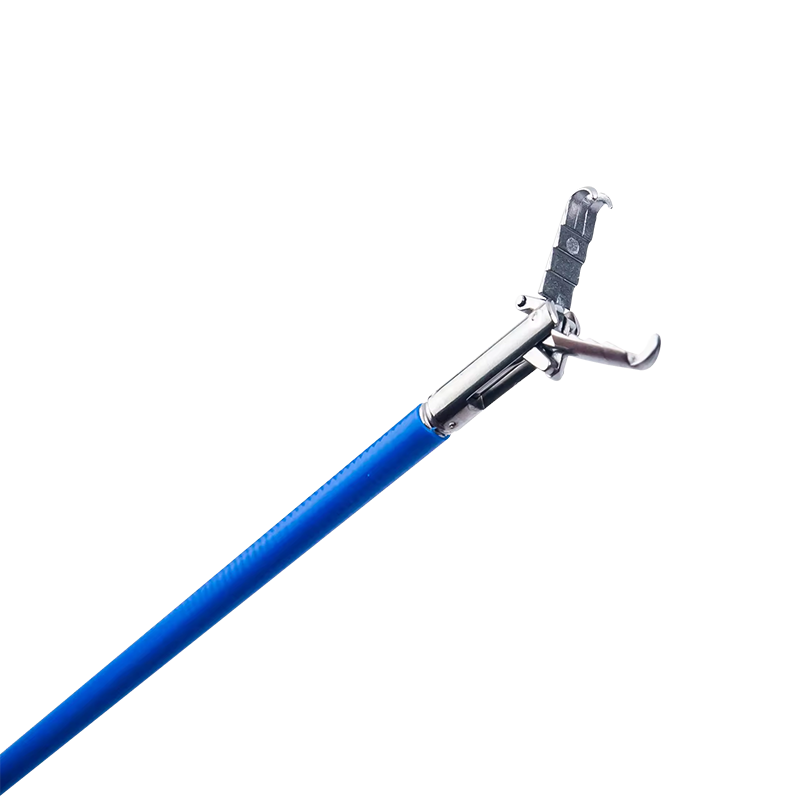What is an Endoscopic Trephine in Ophthalmology?
An endoscopic trephine is a tool that combines an endoscope and a specialized trephine, designed for creating precise perforations in the eye or surrounding structures. It is typically used in glaucoma surgeries and other eye procedures that require a controlled opening in the cornea or sclera (the white part of the eye). The trephine's hollow, cylindrical design allows surgeons to create small, defined holes with minimal tissue damage.
Endoscopic trephines are typically used in combination with a high-resolution endoscope, which provides real-time visual guidance, ensuring that the surgeon can work with exceptional accuracy.
Uses of Endoscopic Trephine in Ophthalmology
Glaucoma Surgery: One of the most common uses of an endoscopic trephine in ophthalmology is during glaucoma surgery. Glaucoma is a condition that leads to elevated intraocular pressure, which can damage the optic nerve and lead to blindness. In some surgical treatments, such as trabeculectomy or shunt placement, an endoscopic trephine is used to create drainage pathways for the fluid in the eye, effectively lowering the pressure and preventing further damage.

Corneal Transplantation: Corneal transplants may require the precise cutting of donor tissue, which is often achieved using a trephine. With the introduction of the endoscopic trephine, surgeons can ensure a more accurate cut, reducing complications and improving transplant outcomes.
Lens Surgery: In procedures like cataract surgery, where the cloudy lens is removed and replaced, an endoscopic trephine may be used to create small, controlled incisions in the cornea to allow access for the surgical instruments.
Benefits of Endoscopic Trephine in Eye Surgery
Enhanced Precision: The high level of precision provided by the combination of the trephine and the endoscope is crucial in eye surgeries, where even small errors can lead to significant vision loss.
Minimally Invasive: As with its use in neurosurgery, the endoscopic trephine reduces the need for large incisions, which means less trauma to surrounding tissues and faster recovery for patients.
Better Visual Guidance: The endoscopic camera ensures that the surgeon has a continuous, clear view of the area being treated, which is essential when performing surgeries on the delicate structures of the eye.

 English
English عربى
عربى Español
Español







